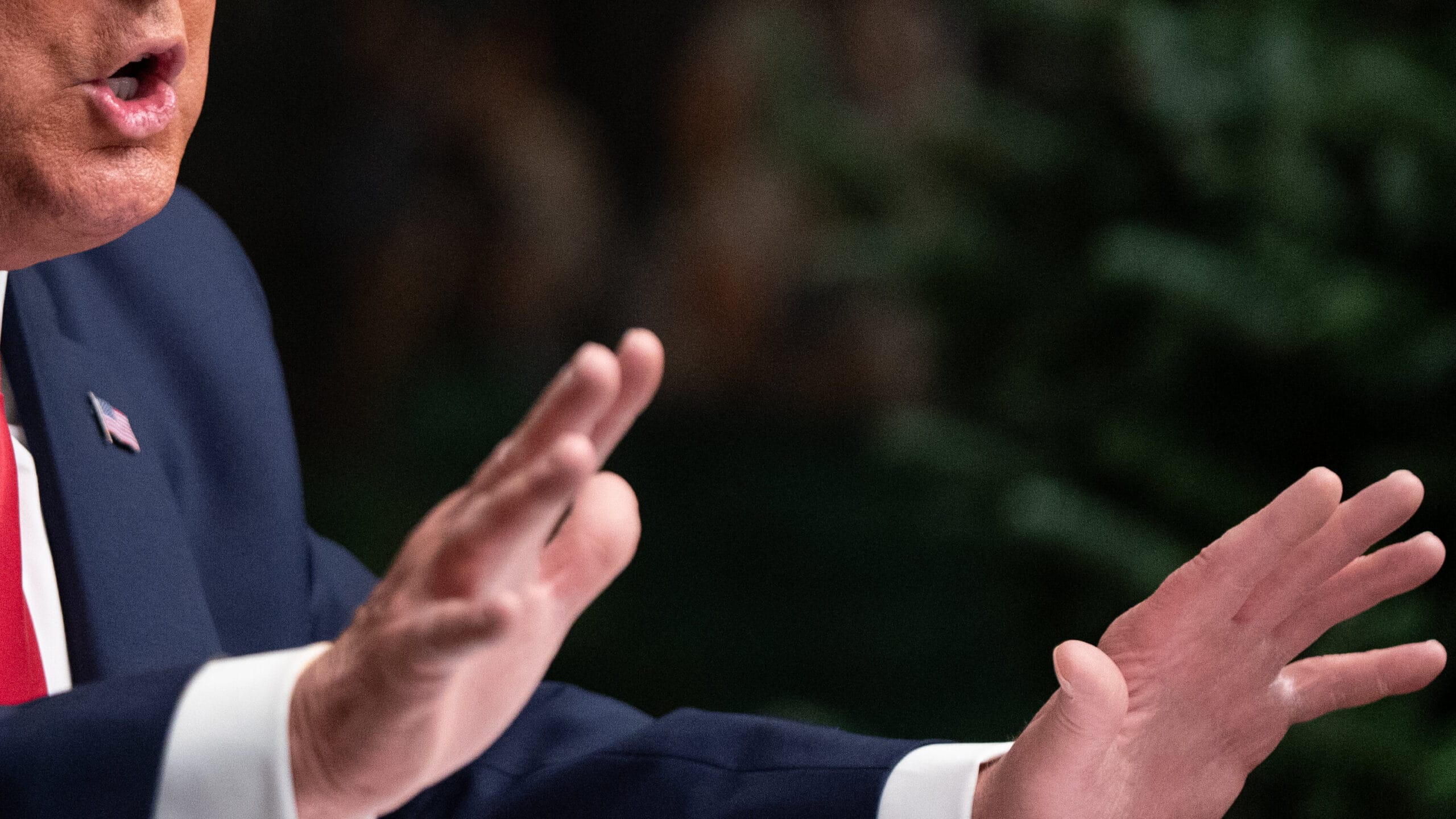The arrival of the first deportation flight at Guantanamo Bay has ushered in a new chapter in the United States’ approach to handling immigration. On Tuesday evening, a military aircraft touched down at the U.S. naval base in Cuba, transporting a group of detained migrants. This move is seen as part of a larger strategy to address the rising number of undocumented entries into the United States, a policy starkly pivoting from earlier methods.
Guantanamo Bay, well-known for its history as a detention facility following the September 11 attacks, is now being repurposed as a temporary holding site for deported migrants. Approximately 300 U.S. military personnel have been stationed at the base to oversee the preparation and operation of temporary housing facilities. Reports indicate that up to 50 tents have already been set up to accommodate incoming individuals, with plans to house tens of thousands if required.
The Defense Department, under Secretary of Defense Pete Hegseth, has classified this endeavor as a necessary step to address an “unsustainable” situation at the southern U.S. border. Speaking at a press briefing, Hegseth stated, “The scale of individuals attempting to enter the U.S. is unprecedented. This action aligns with the administration’s commitment to securing the border and upholding our immigration laws.”
Defense officials confirmed that the deportees in this initial group include individuals deemed “high-threat” by immigration authorities. The decision to transport these individuals to Guantanamo Bay reflects concerns about national security and border integrity. While few details have been released about the circumstances of their detention and transport, officials emphasized that each individual’s case underwent rigorous legal assessments.
Past discussions about repurposing Guantanamo Bay for immigration-related purposes have sparked debate. Proponents argue that its remote location and existing infrastructure make it an ideal site for securely housing deported migrants. Critics, meanwhile, caution against practices that may lack transparency or entrench the association of Guantanamo Bay with human rights controversies.
The current administration plans to scale up operations at Guantanamo Bay as flows of migration continue. In recent weeks, the United States has faced mounting pressure to curb irregular migration as policy makers contend with the logistical and legal challenges of handling undocumented individuals. Immigration advocates have expressed apprehension over the lack of clarity on the duration individuals will be detained and conditions within the facility. Some organizations have even raised alarms over what they call “extrapolated use” of spaces previously designated for wartime purposes.
According to the White House, the decision to turn to Guantanamo Bay is a temporary measure while federal agencies collaborate on alternative solutions for immigration reform and management. President Joe Biden has urged Congress to consider comprehensive immigration measures, stating earlier this month that “temporary fixes can only address part of the challenge.”
The next steps include scaling transportation capacity and ensuring that living quarters at Guantanamo Bay meet humanitarian standards. Sources say additional deportation flights are anticipated barring resistance from public opinion or international entities.
At the international level, reactions have varied from cautious endorsement to outright denunciation. The Cuban government, which retains sovereignty over the rest of the island, has remained silent. Several U.N. officials highlighted the necessity of adhering to conventions governing the treatment of displaced persons. Meanwhile, Mexico and Central American nations—countries of origin for many migrants—continue diplomatic dialogues with Washington to forge equitable solutions.
For now, the migrants’ stories remain untold, as security measures keep communications to a minimum. Experts predict that global attention will stay attuned to this development for its potential to redefine broader migration practices and geopolitical precedents. However, observers also underscore the sensitivities balancing national security and ethical governance against humanitarian obligations.
The United States’ pivot to Guantanamo Bay raises critical questions. As the migrant crisis grows in scale, so too do the ethical and legal complications surrounding enforcement tactics. With immigration continuing to dominate political discussion, the coming months are poised to shape the future of U.S. immigration policies and their broader implications.


